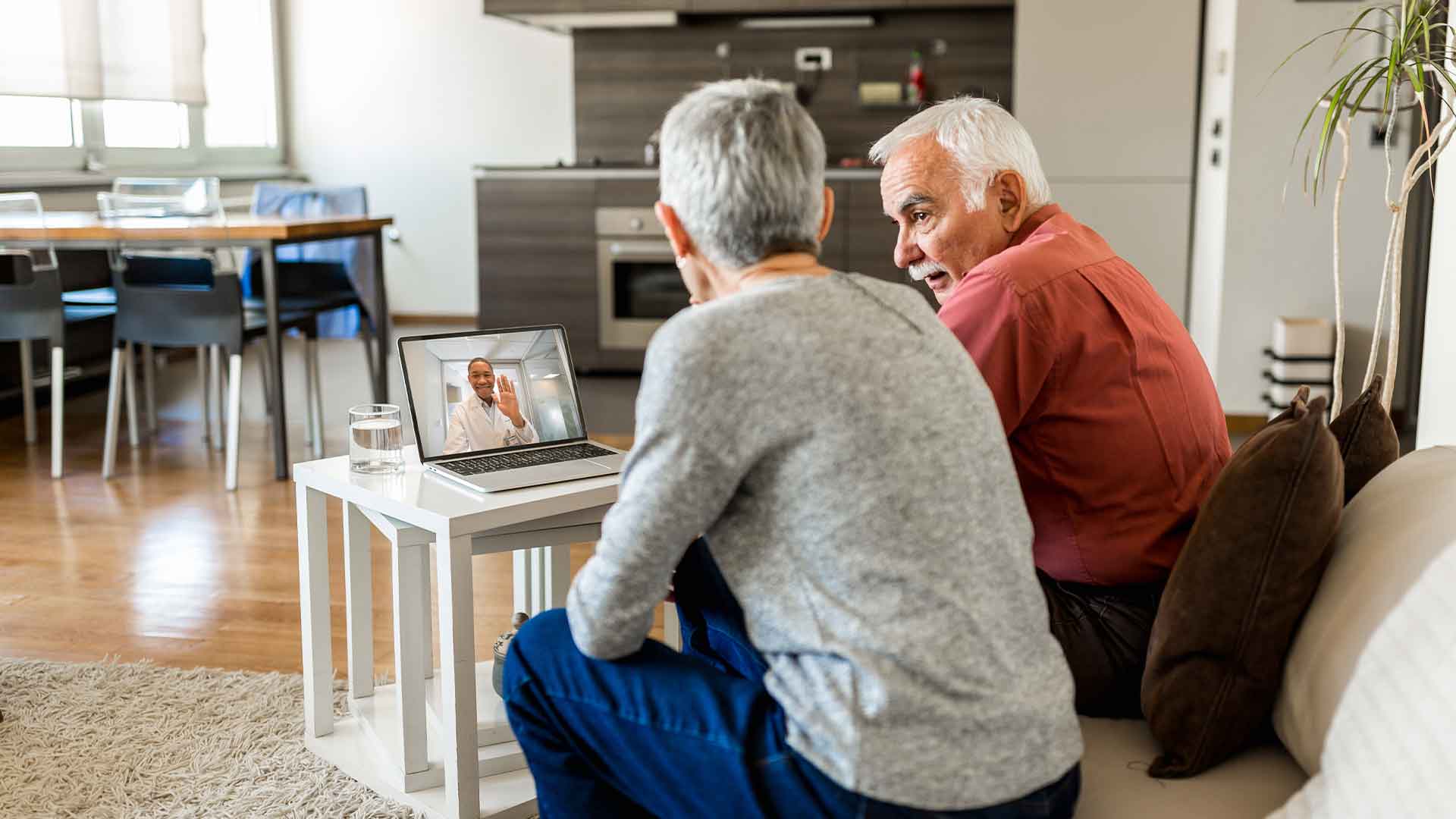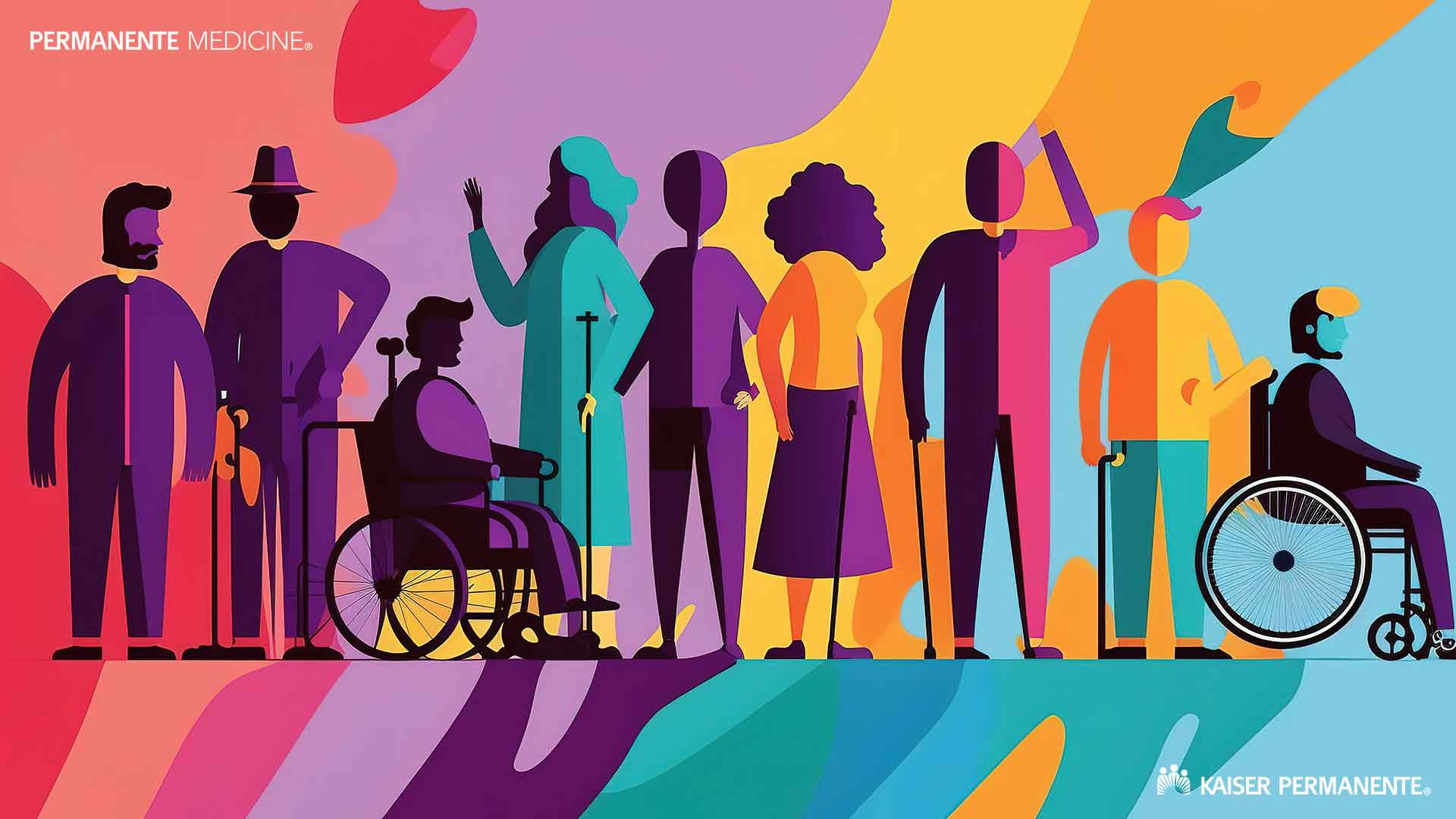Physician leader Stephen Parodi, MD, shares his perspective on how health care innovation and modern technologies can help improve health care access and physician wellness.
‘Forbes’ features Permanente physician Afif El-Hasan on air pollution disparities report
More than 14 million people living in communities of color are subject to high levels of air pollution because “areas with cleaner air tend to be more expensive to live in,” Afif Haitham El-Hasan, MD, a pediatrician with the Southern California Permanente Medical Group, told Forbes.
“Communities of color and low-income groups might not have the resources required to litigate or protect their rights in a specific area to ensure that they maintain clean air. So, it’s easier for industries to be set-up in those areas,” Dr. El-Hasan said.
The Forbes article highlights the findings of a new American Lung Association report, “State of the Air,” which identified startling racial disparities in exposure to air pollution. The report found that more than 14 million people of color live in counties mainly along the West Coast, where they are exposed to short-term and year-long particle and ozone pollution. Exposed communities include Hispanics, Asian Americans, American Indian and Alaska Natives, and especially, blacks.
According to the report, the majority of exposed people of color on the West Coast (more than 13 million) are in the Los Angeles and the Long Beach areas, where they are subjected to pollution from traffic and commercial enterprises, as well as from trucks and freight trains going in and out of the Port of Long Beach. In addition, the Los Angeles Basin is surrounded by mountains that trap urban air pollution.
Dr. El-Hasan, who is based at the Kaiser Permanente San Juan Capistrano Medical Center in Orange County, sits on the board of the American Lung Association. The organization’s report also suggests that exposure to air pollution is higher in areas of Los Angeles where people of color live due to persistent racial segregation.
“Many people live near freeways in those areas. You also have more people of color and African Americans who don’t have cars. So, they have to walk in the pollution to gain access to public transportation. Whereas someone who can afford a car can drive through that area and have far lower exposure to smog,” Dr. El-Hasan told Forbes.
Read the entire article in Forbes.


